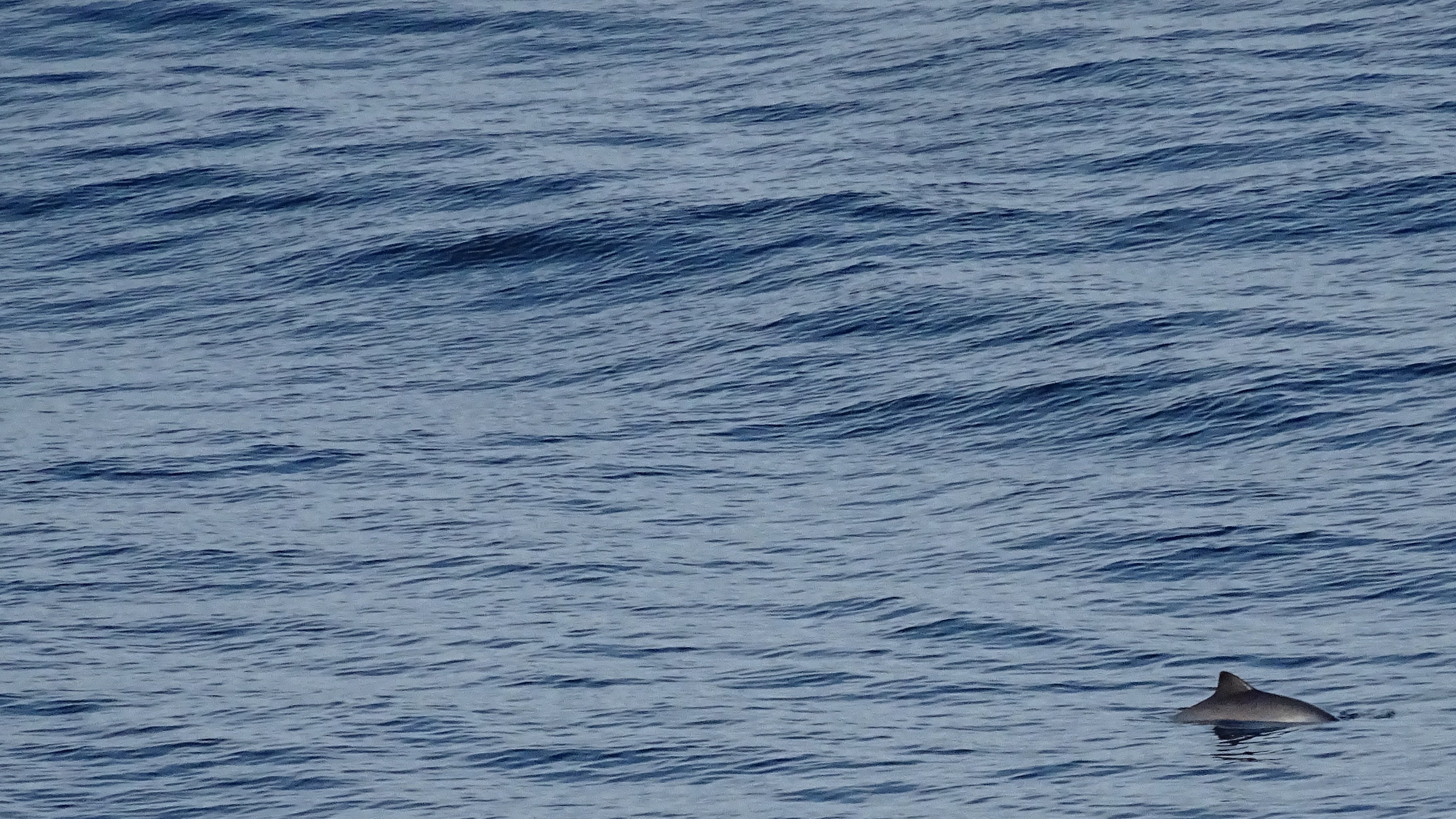In cooperation with IBL Umweltplanung, we analysed 2009 to 2023 data on harbour porpoise abundance and the effects of offshore wind farms in the German Bight on behalf of the German Offshore Wind Energy Association eV (BWO).
These data were collected using deployed measuring devices that record the click sounds of harbour porpoises.
The study focussed on two main areas of research:
- Long-term trends of harbour porpoise detection rates in the German Bight and
- Possible effects of operational offshore wind farms
It was found that the overall development of the harbour porpoise population within the German Bight remained stable over the investigated years. However, there was a regional shift in harbour porpoise habitat use, which may have been caused by a change in food availability.
Within the offshore wind farms, significantly higher detection rates were observed than in areas up to 2.5 km outside the wind farms.
Operational wind farms appear to attract rather than deter harbour porpoises.
This could be due to reef effects (offshore foundations and piles serve as hard substrate and attract fish and other hard substrate fauna) and refuge effects (fishing is prohibited in the areas of German offshore wind farms).
Whereas short-term disturbance occurs in the construction phase of offshore wind farms, no negative effects on harbour porpoises were identified in the operational phase.
You will find the BWO eV press release here:
The study is available for download here:

